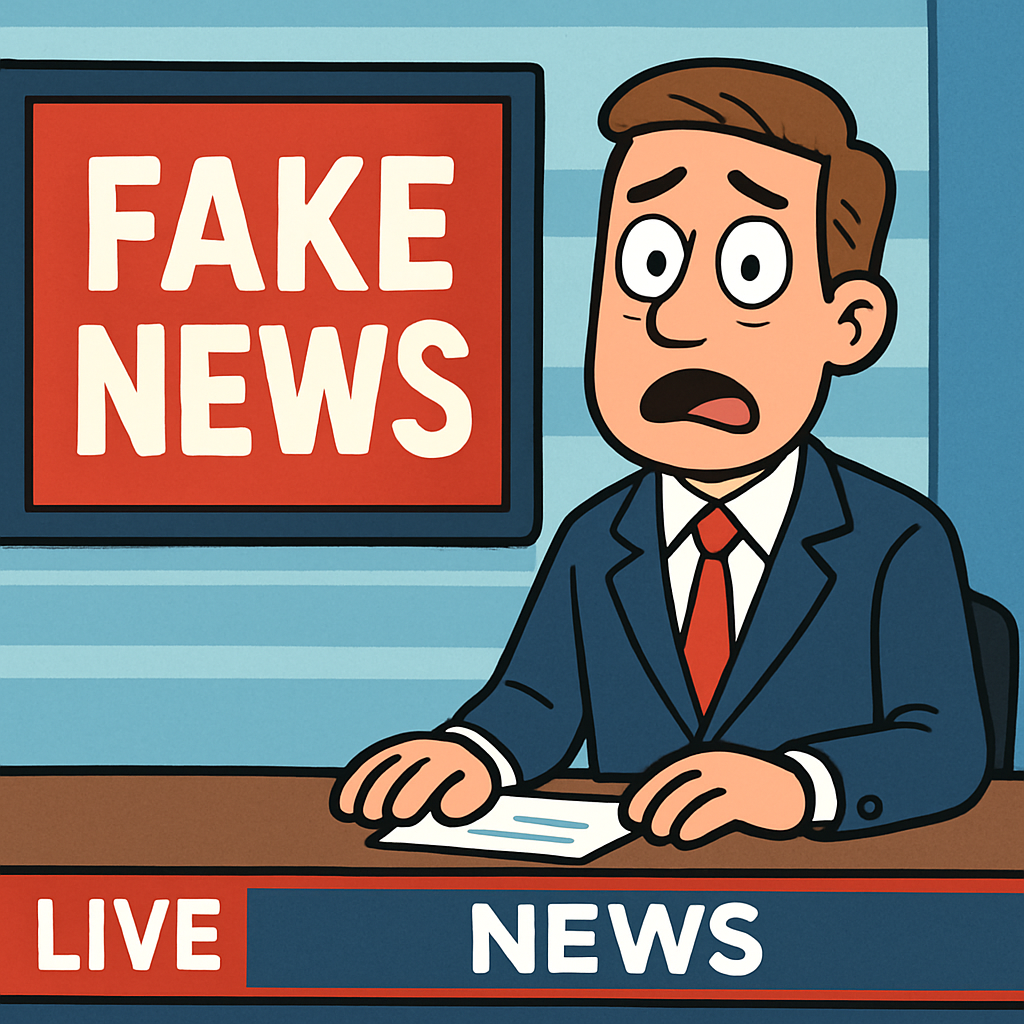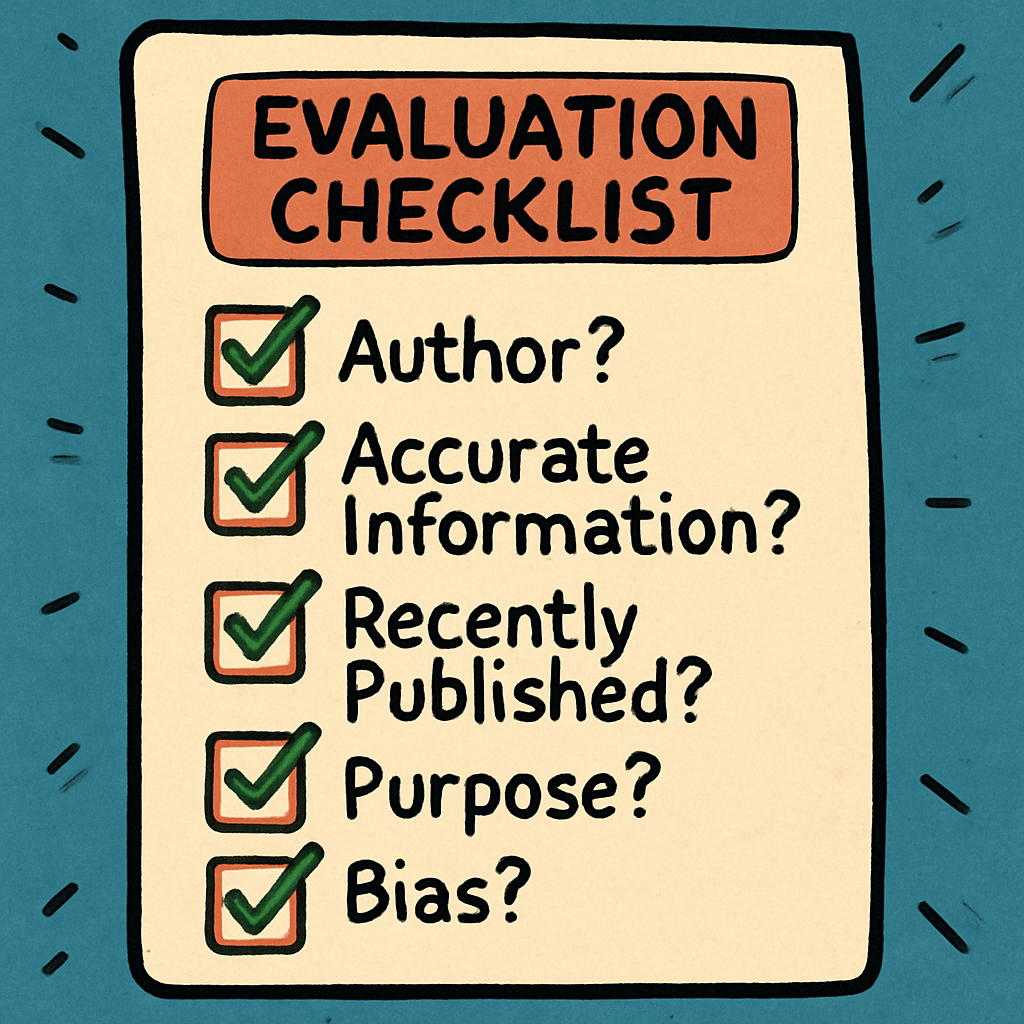 Why Source Reliability Matters in Online Research
Why Source Reliability Matters in Online ResearchConsider a situation where you are completing your homework and discover information online that appears highly interesting, only to find out later that it is inaccurate. This can lead to errors in your assignments and a loss of trust in online resources.
Reliable sources provide accurate facts, help you avoid misinformation, and enable you to make informed decisions. In contrast, unreliable sources may contain false information or be designed to attract attention without regard for truth. During this lesson, you will explore methods to identify reliable sources, equipping you with the ability to conduct research effectively and confidently.
 A reliable source is defined as a website, article, or piece of information that can be trusted, as it is grounded in verified facts, reviewed by experts, and free from deceptive intent.
A reliable source is defined as a website, article, or piece of information that can be trusted, as it is grounded in verified facts, reviewed by experts, and free from deceptive intent.
Reliable sources exhibit several key characteristics that ensure their credibility. These include:
In contrast, unreliable sources often display traits that undermine their trustworthiness. It is essential to recognise these to avoid misinformation:
 It is important to recognise that not all information available online is reliable or accurate. Certain indicators, often referred to as 'red flags', can suggest that a source may be biased, designed primarily to attract attention (known as clickbait), or of generally poor quality. By learning to identify these warning signs, you will be better equipped to avoid unreliable information and make more informed choices during your research.
It is important to recognise that not all information available online is reliable or accurate. Certain indicators, often referred to as 'red flags', can suggest that a source may be biased, designed primarily to attract attention (known as clickbait), or of generally poor quality. By learning to identify these warning signs, you will be better equipped to avoid unreliable information and make more informed choices during your research.
Below is a list of typical red flags, each accompanied by an explanation and examples to help you understand why they indicate potential unreliability.
 To assist you in evaluating online sources effectively, we have developed a straightforward five-question checklist. This checklist serves as a systematic method to determine the reliability of any source you encounter during your research. It is recommended that you apply this checklist consistently to enhance your ability to discern trustworthy information.
To assist you in evaluating online sources effectively, we have developed a straightforward five-question checklist. This checklist serves as a systematic method to determine the reliability of any source you encounter during your research. It is recommended that you apply this checklist consistently to enhance your ability to discern trustworthy information.
 In this practical activity, you will apply the skills you have learnt to evaluate a selection of sample headlines and search results. These are presented as if they were obtained from a search query on 'evidence of Bigfoot sightings'. This exercise will help you practise identifying reliable sources in a structured manner.
In this practical activity, you will apply the skills you have learnt to evaluate a selection of sample headlines and search results. These are presented as if they were obtained from a search query on 'evidence of Bigfoot sightings'. This exercise will help you practise identifying reliable sources in a structured manner.
Please allocate approximately 10–15 minutes to complete this activity.
The objective is to reinforce your understanding of source reliability by using the evaluation checklist provided earlier. Through this process, you will learn to spot red flags and determine the trustworthiness of information, thereby enhancing your research capabilities.
| Headline | Source Description |
|---|---|
| 'Bigfoot Sighting Confirmed by Local Hunter!' | Posted on a personal blog with no identifiable author. Includes exaggerated language and no photos or evidence. The site contains ads and no contact information. |
| 'Exploring the Myth: What Science Says About Bigfoot' | Published on a university research site with expert commentary. Contains references, balanced viewpoints, and a recent publication date. |
| 'You Won’t Believe These Top 10 Bigfoot Facts!' | Hosted on a clickbait site with many pop-ups, bold colours, and no sources listed. The article has no date or author information. |
| 'Smithsonian Report Reviews 50 Years of Bigfoot Evidence' | Published on si.edu, the Smithsonian Institution’s official website. Features interviews, historical data, and links to academic research. |